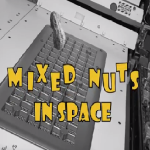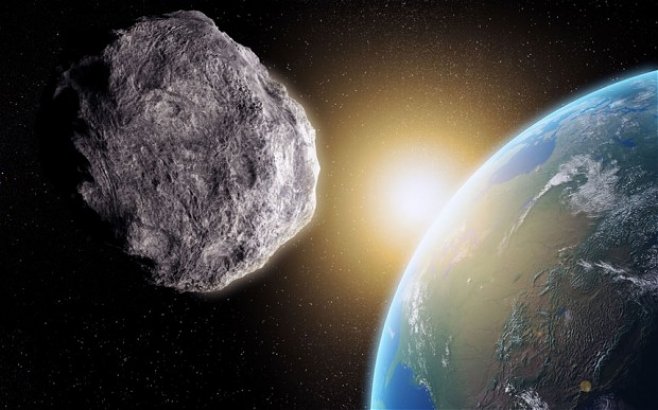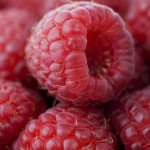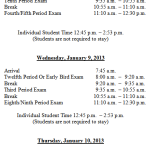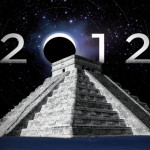There are just two weeks left to the quarter, so buckle down and keep moving forward! 🙂
This week in physics: We will continue to explore circular motion as we do assignment 1 followed by a quiz. Podcasts 1-4 from Unit 6 will help you review. Then we will set up an experiment to test the effect of changing radius or period on circular kinematics and dynamics variables. (The lab report for this will be due on Wednesday, March 20th with an upload required to TurnItIn.com by March 22 at 3:00. Mark those planners! ;)) For Thursday please take notes on Circular Motion Podcast 5 – Gravity and Circular Motion Podcast 6 – Center of Mass, Gravity, and Planetary Orbits. We will quickly jump into assignment 2. The test for this unit will likely be Monday/Tuesday of next week. (OGT week schedule. We will test when your class meets.)
This week in astronomy: We will quiz over content standards 1-4 on Monday (10th period) or Tuesday (2nd period) and then begin to relate the annual position of our sun to solar radiation and climate by analyzing radiation and climate data from satellite and weather sources. By Friday expect a test over this unit. Remember that the Unit 2 Podcast – The Ecliptic and its Implications contains most of the information you need for this test. Please note: Again, the weather forecast calls for unending clouds at night, so, by necessity, we’re extending the due date for the Unit 1 – Outdoor Lab by another week to March 11. Here’s hoping we get a break and can stick with that date! In addition, it’s time to announce the Unit 2 – Outdoor Lab! This requires many days of sunshine. Start now. I have no doubt that it will be reasonable to complete this by March 28, the day before spring break. Better take a look at the lab now and start planning your data collection strategy.
Cool Science of the Week: Scientists may have hit on a breakthrough in acne treatment. It seems that a certain probiotic is present in higher concentrations on the skin of people without acne compared to people with prevalent acne. Could use of this probiotic be beneficial? Clearly this needs further study, but the results are promising!



